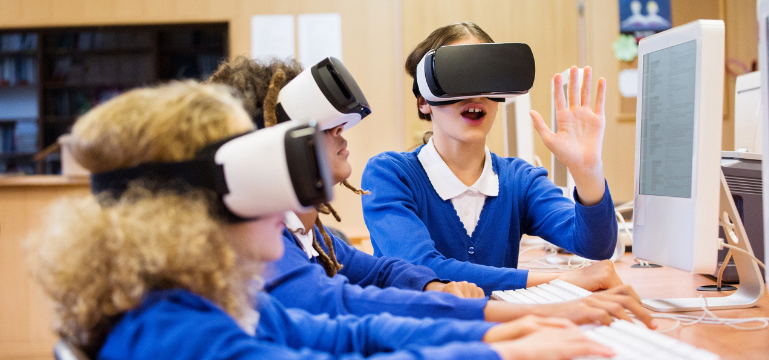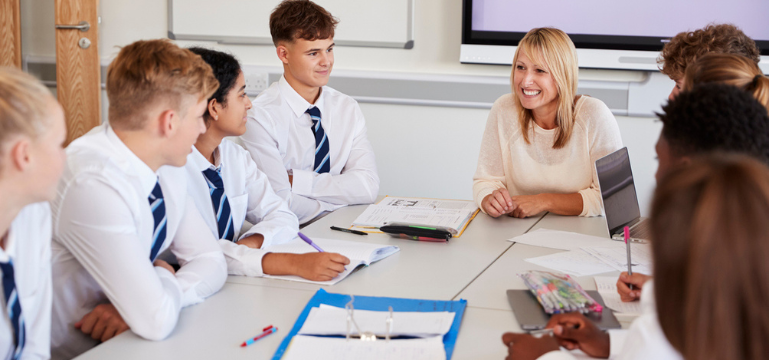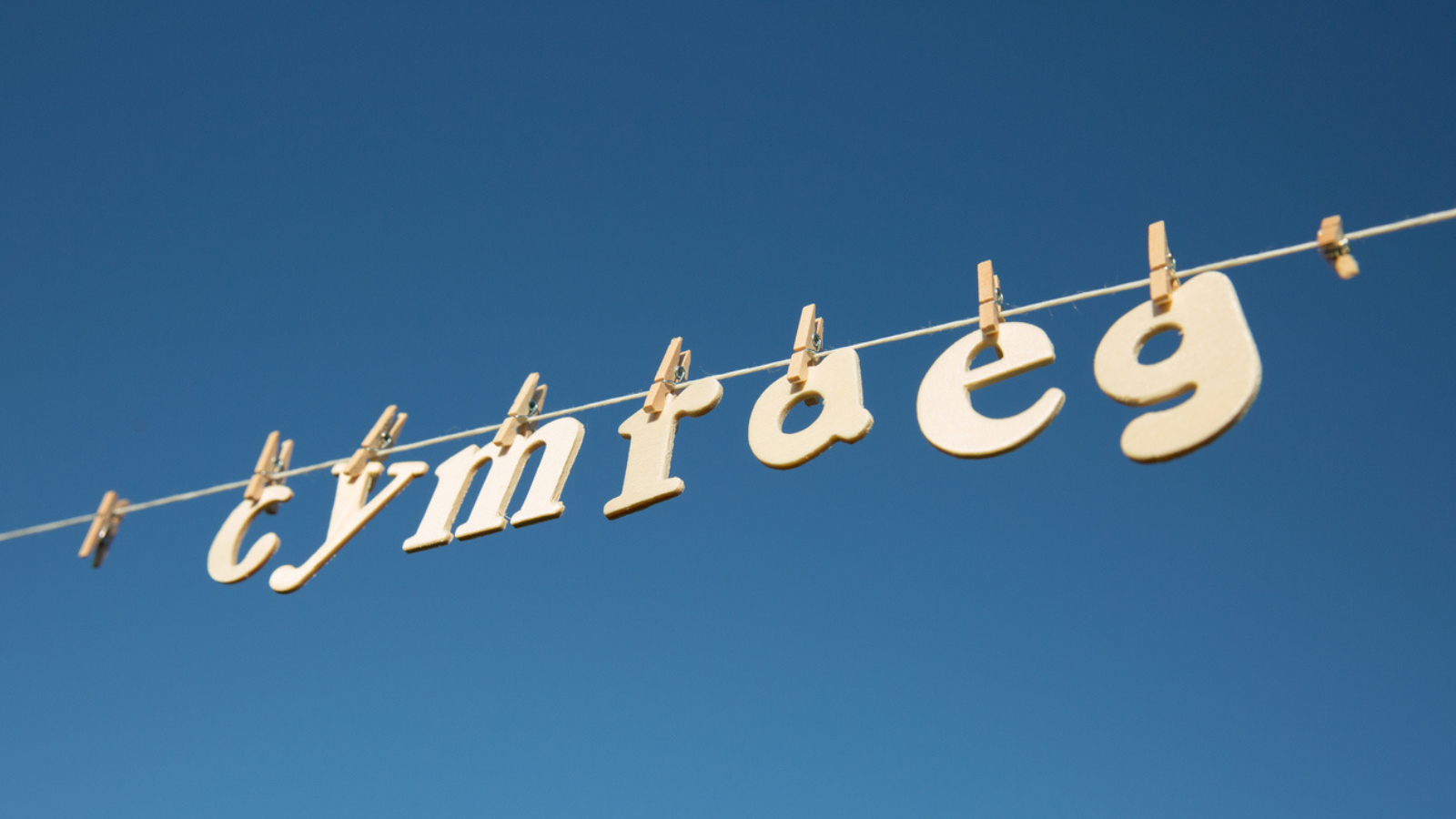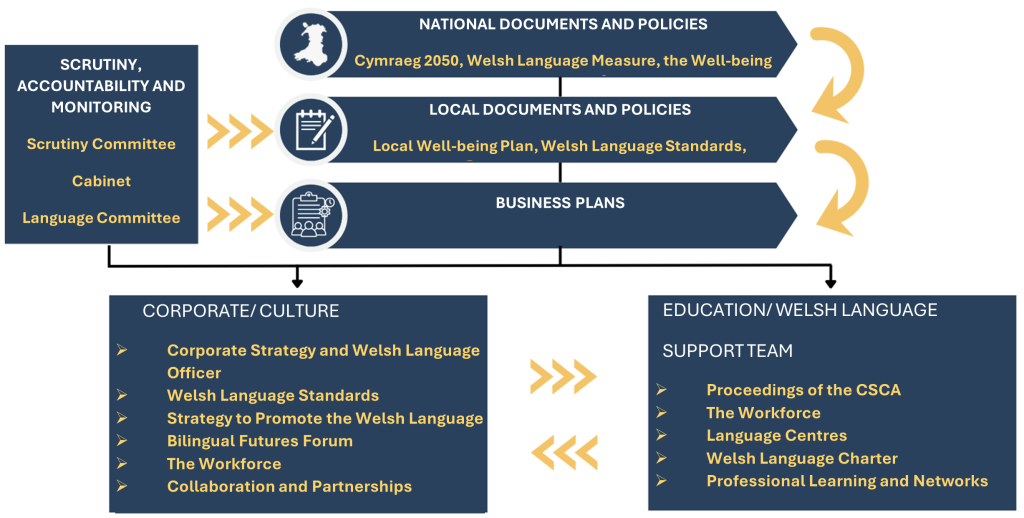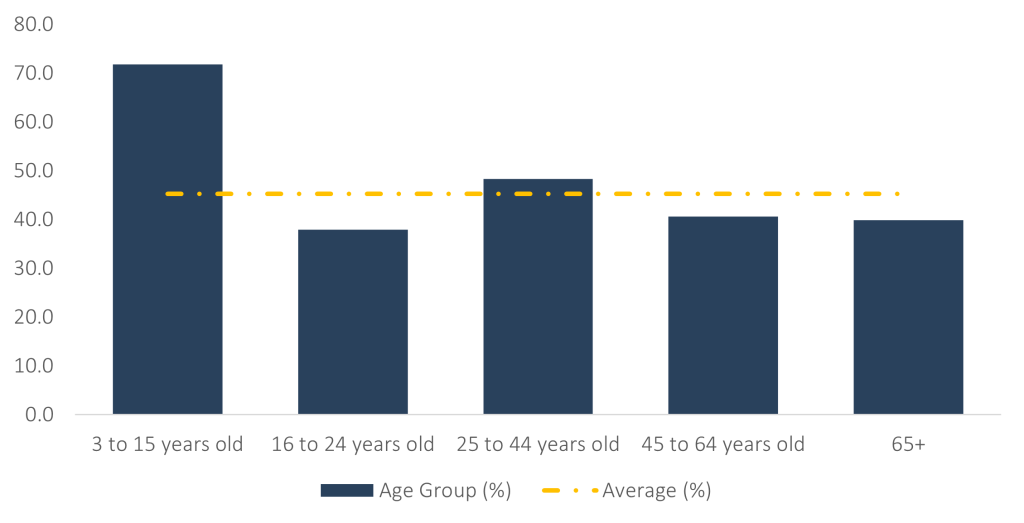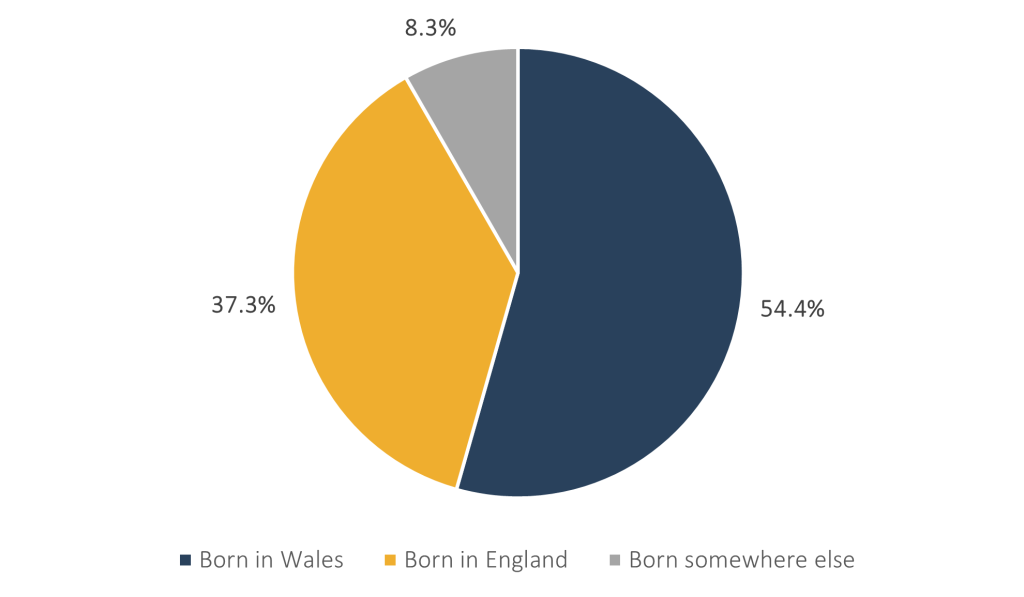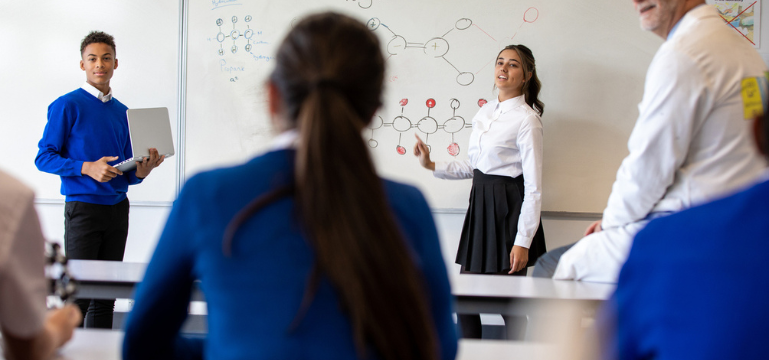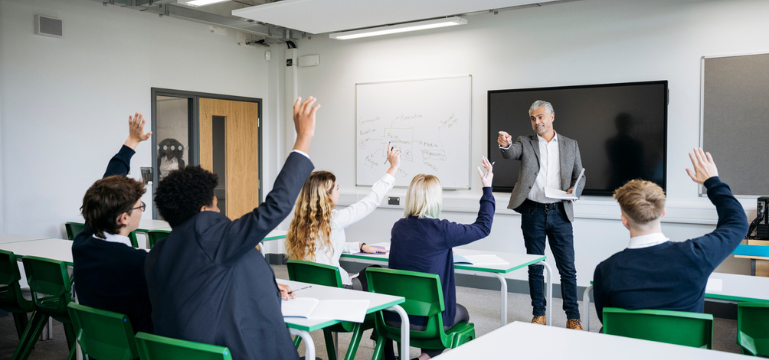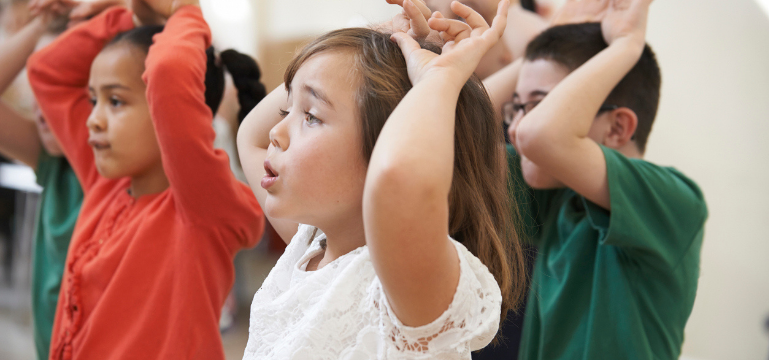Improvement Resource Type: Effective Practice
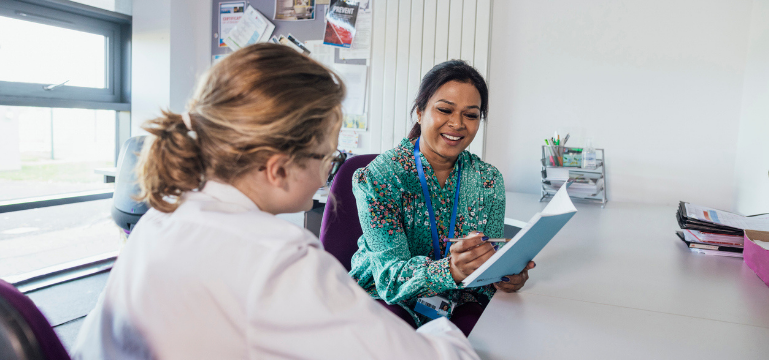
Information about the school
Ysgol Gyfun Gymraeg Rhydywaun opened in September 1995. It serves children and young people in the Cynon Valley and Merthyr Tydfil. There are 1,026 pupils at the school, along with 118 in the sixth form. Twelve point one per cent (12.1%) of pupils are eligible for free school meals.
Context and background to the effective or innovative practice
The ALN department, Yr Hafan, works to ensure that pupils with ALN show the expected progress. The department’s staff provide specific interventions across a variety of areas. This includes numeracy, literacy, well-being and physical needs interventions. The school’s caring ethos and the commitment to ALN training ensures ownership and accountability from all members of staff to identify pupils and their individual needs. This is a whole-school strategy which strengthens provision to support all pupils, particularly those with ALN, to succeed on their educational journey.
Description of the nature of the strategy
The school promotes the principle and culture of ‘everyone is an ALN teacher’. Staff have a range of information to be able to plan purposefully for pupils with ALN and those who need additional support.
The school has developed a central and accessible source of clear and relevant information about pupils with ALN. This allows staff to acquire information about individual pupils, which strengthens planning and pedagogy in the classroom. For example, it includes One-page Profiles, which provide pupils with a voice and equip staff to plan specifically for them.
The school has invested strategically to strengthen ALN provision. There are specialist resources and staff, such as a dyslexia teacher and well-being and sensory rooms. Valuable supportive resources are provided for staff, for example a video on ‘A day in the life of an ASD pupil’. Resources give staff insight to raise their awareness and confidence in teaching pupils with ALN. Strengthening the roles of teachers in the provision has allowed staff at Yr Hafan to focus on purposeful additional interventions and strategic referrals to external agencies. All departments also have a link member of staff with the ALNCo and there are purposeful meetings to discuss and evaluate provision.
Whole-school teaching and learning strategies, such as ‘Dysgu i’r Brig’ and ‘Adalw Gwybodaeth’, support all pupils. ‘Dysgu i’r Brig’ is a strategy where teachers plan lessons with the highest level of challenge in mind, ensuring that all pupils – including those with additional learning needs (ALN) – have access to ambitious learning. By providing scaffolds, such as modelling and visual support, pupils with ALN take part in complex tasks without being overwhelmed. This approach avoids limiting their potential and encourages them to expand their minds alongside their peers. Rather than creating simpler tasks, the focus is on creating accessible routes to more challenging content, building confidence, a sense of success and academic ambition.
‘Adalw Gwybodaeth’ is a strategy that involves asking pupils to recall information regularly, strengthening long-term memory and fostering deep understanding. For pupils with additional learning needs (ALN), this approach is particularly valuable as it provides an opportunity for them to practise and reinforce learning in a structured and consistent way. By using activities such as short quizzes, flash cards or memory tasks at the beginning of lessons, pupils with ALN develop their confidence, improve their ability to retain information and gain a clearer sense of progress. This strategy also reduces anxiety by creating an expected routine, which supports learners to become more independent in their learning.
There is an accessible ALN referral system which includes purposeful steps for staff and leaders within a graded response chain. These steps may include staff trialling strategies from the ALNCo for a specific period and an effective monitoring process. An effective central system to identify needs in detail and at an early stage allows the team to scrutinise evidence and decide on further actions and interventions. Pupils’ progress and attitudes to learning are tracked and monitored tightly and regularly, including pupils with ALN.
The school has established successful primary partnerships to ensure strong identification of pupils as part of the transition process. The school has also provided training on dyslexia, ACEs and dyscalculia to the partner primary schools.
What impact has this work had on provision and learners’ standards?
By implementing teaching strategies such as ‘Dysgu i’r Brig’ and ‘Adalw Gwybodaeth’, alongside purposeful support for pupils with additional learning needs (ALN), the school succeeds in creating a learning environment where high expectations go hand in hand with accessible access. This enables pupils with ALN to engage with academic challenge, develop their memory and understanding over time, and most pupils with ALN make progress that is at least suitable compared to their starting points. As they receive structured support to attain the highest levels and practise recalling information regularly, these pupils gain confidence, autonomy and an increasing ability to participate actively in their learning, laying firm foundations for long-term success.
Another notable strength of the strategies is the way in which all staff take ownership of the work to ensure the most effective provision for all pupils to make progress over time. Pupils’ standards of attainment have improved as a result of the whole-school teaching and learning strategies.
